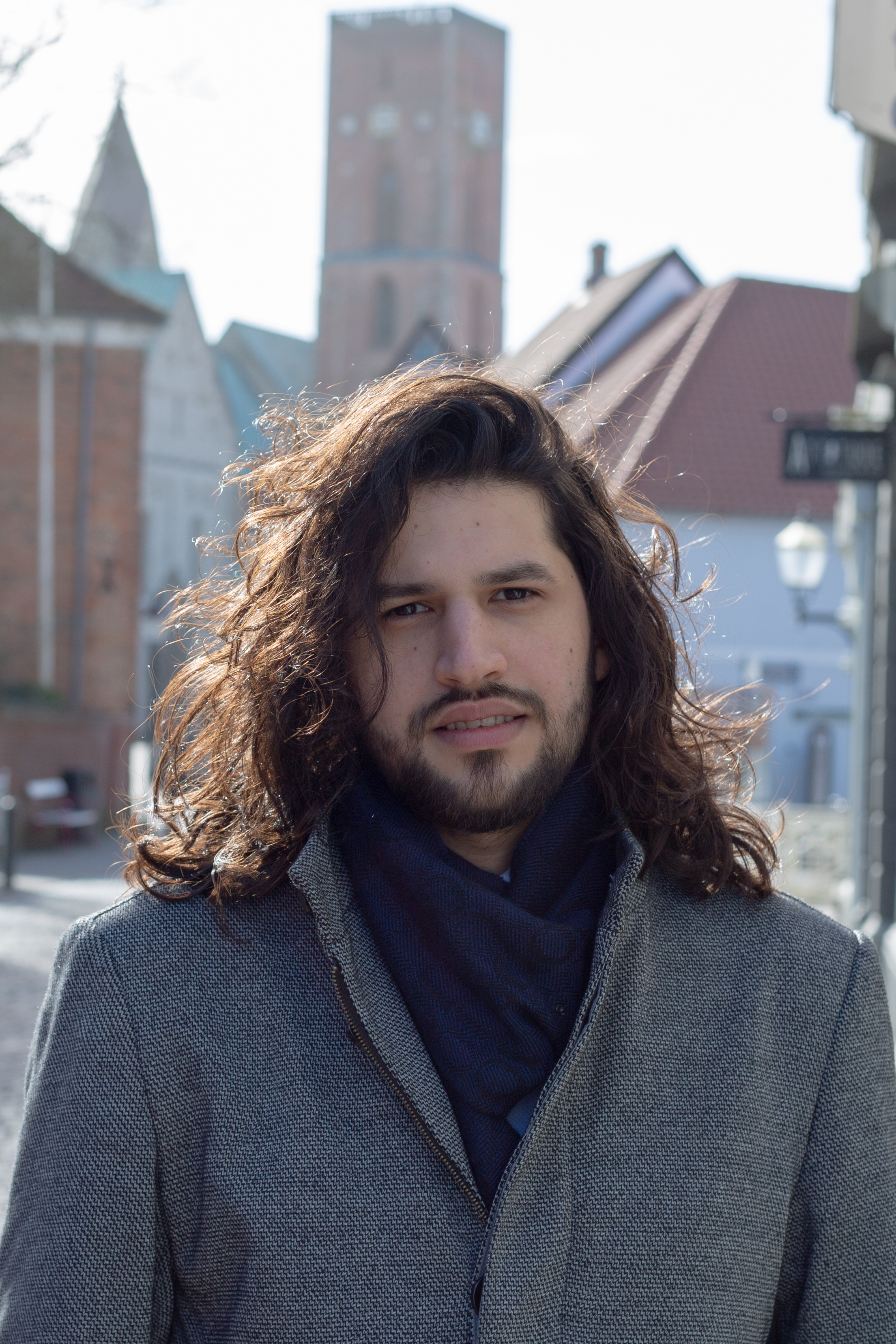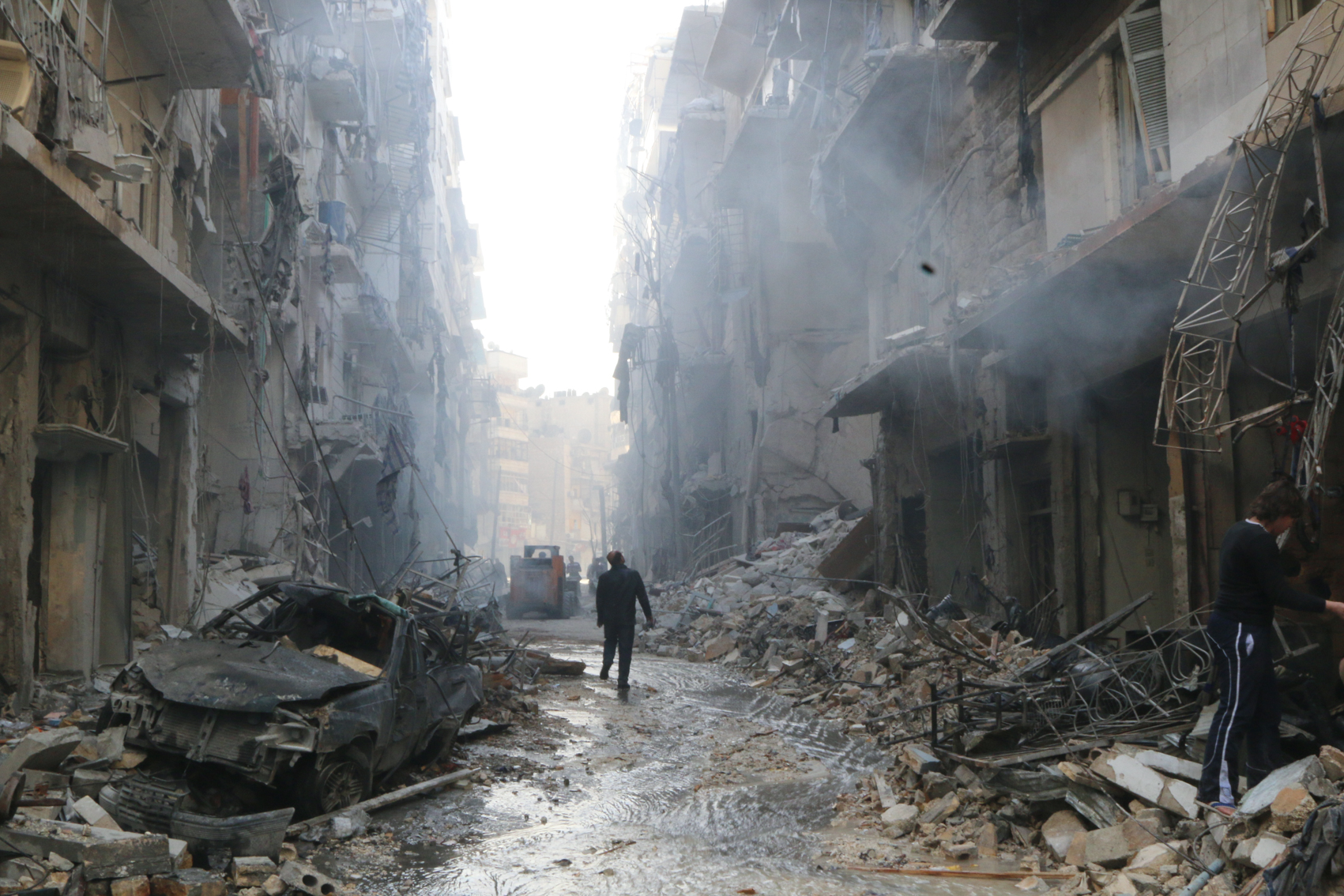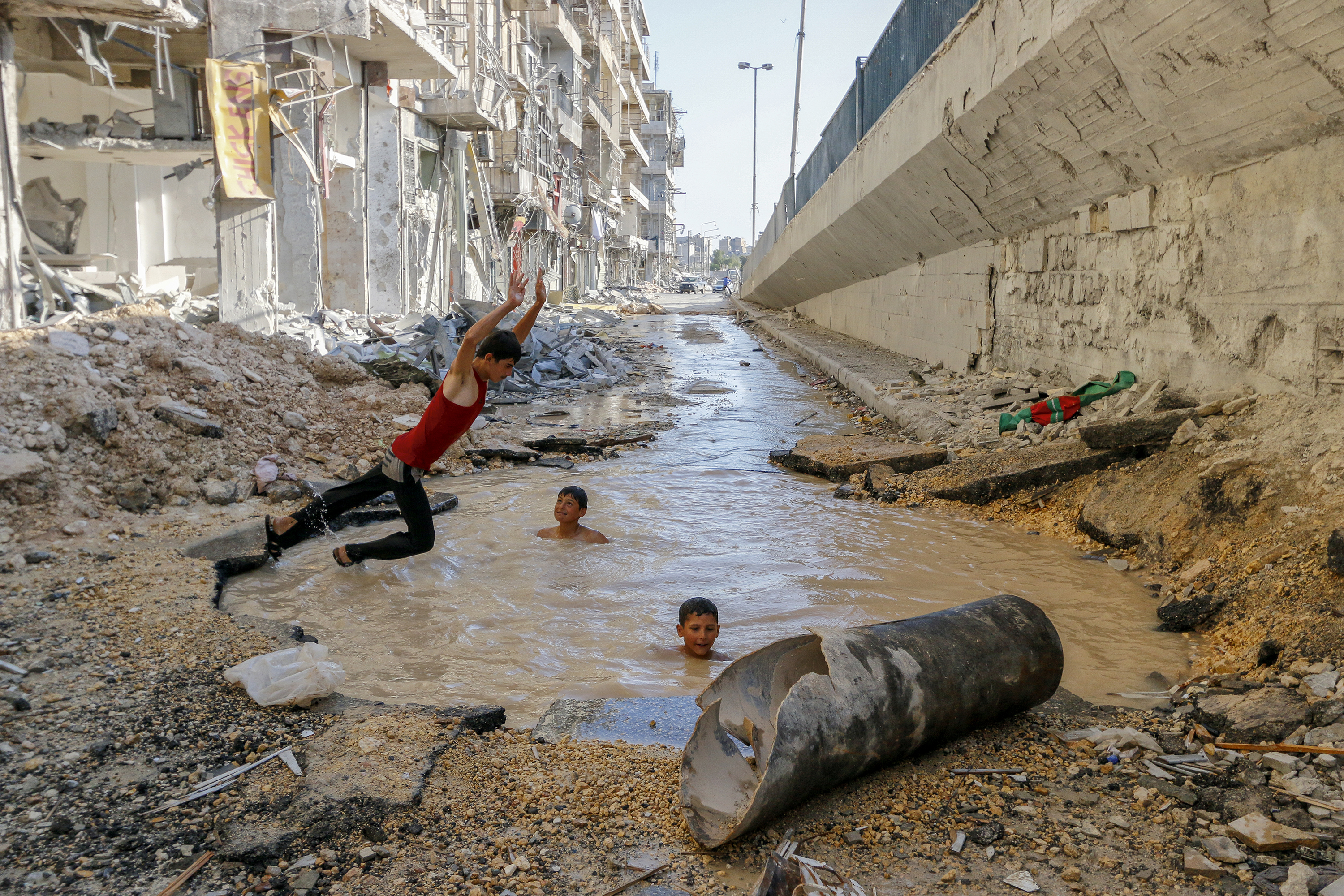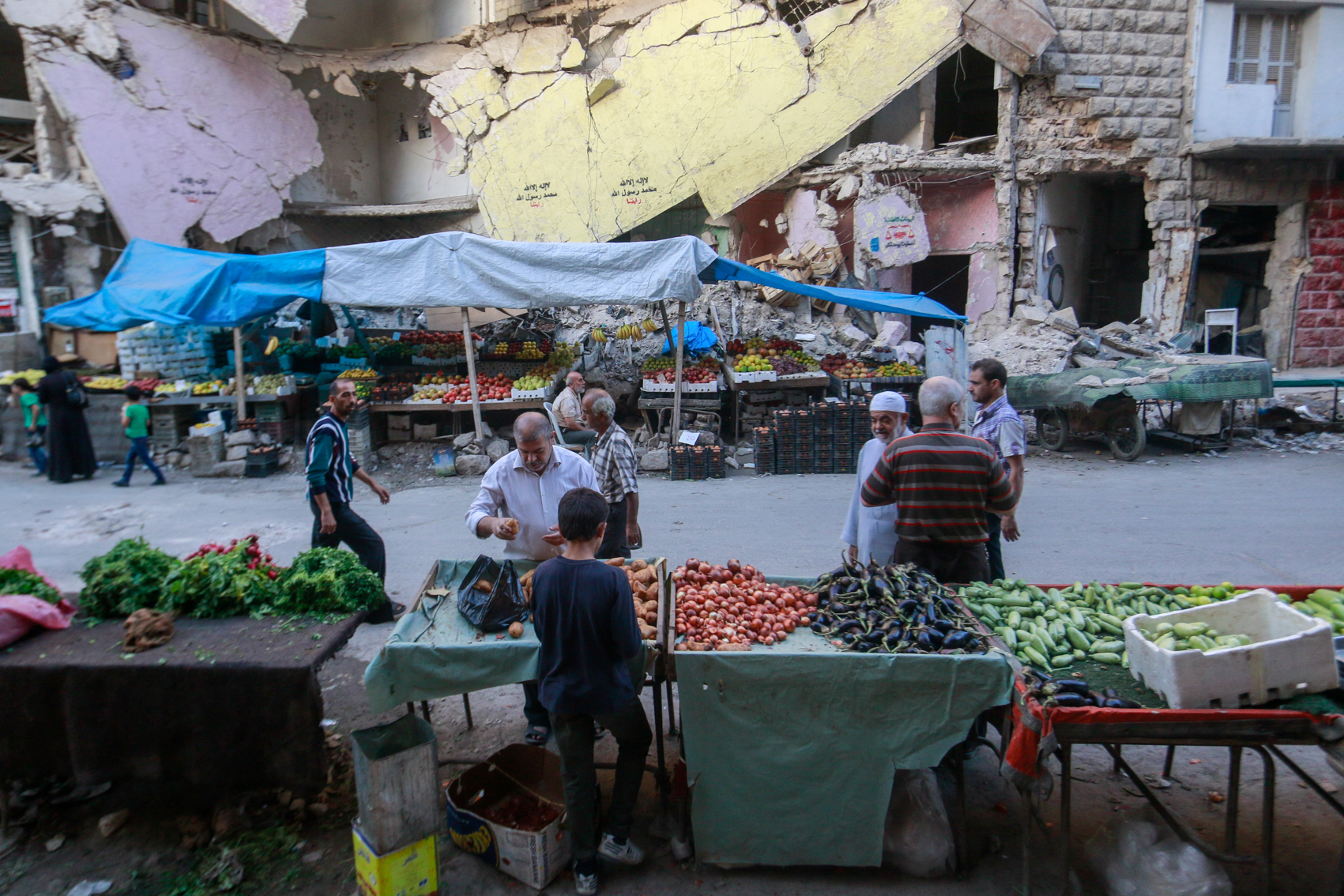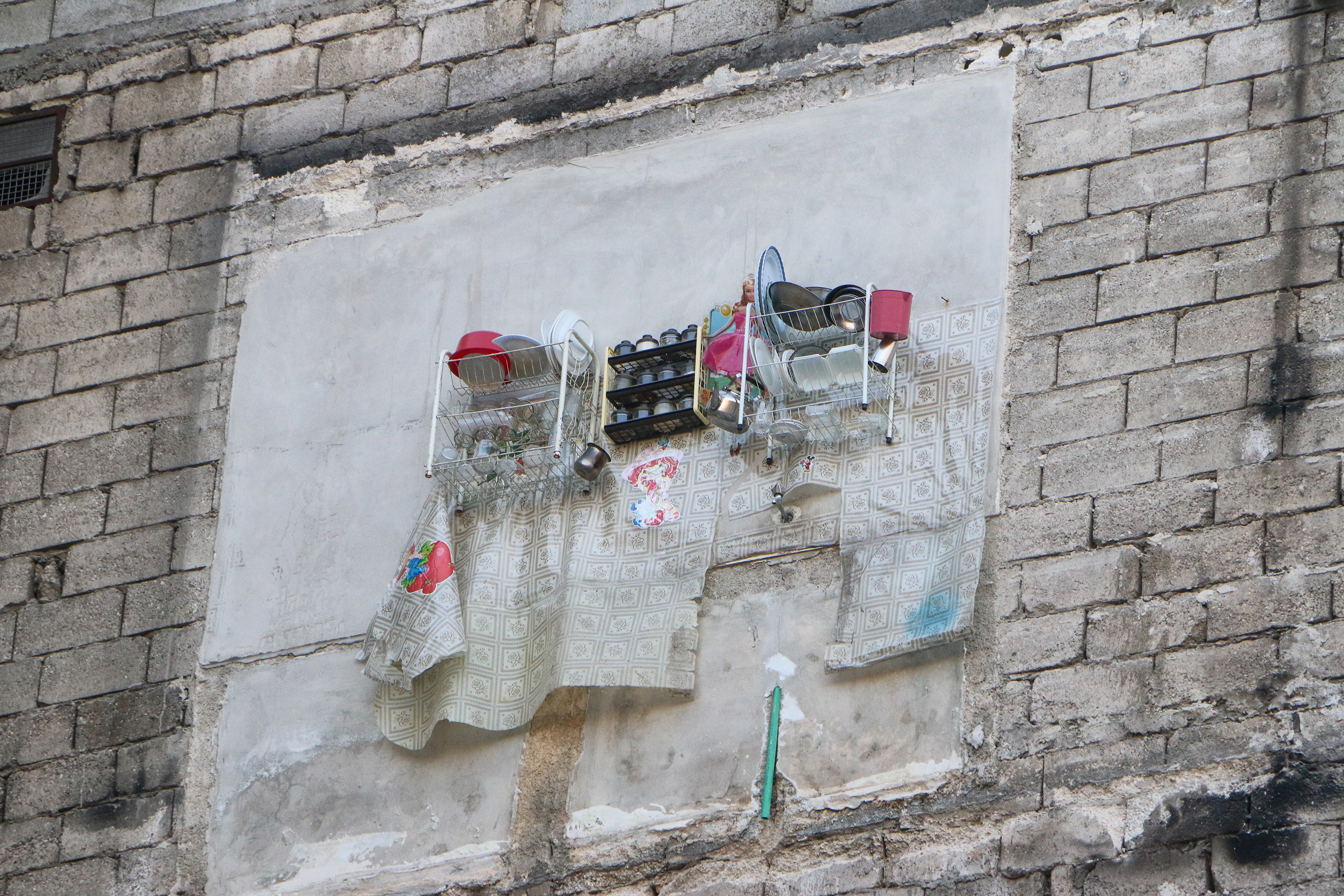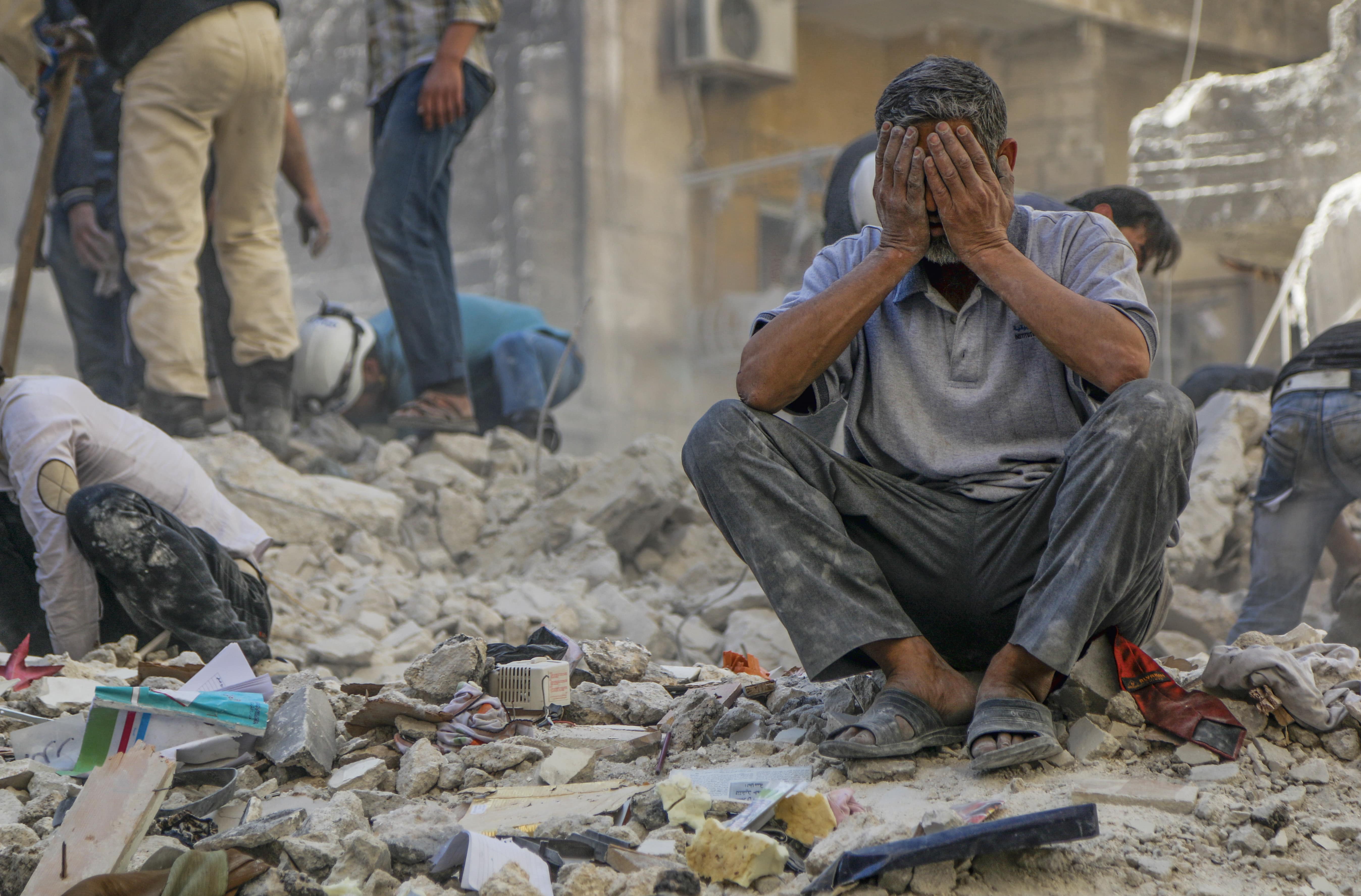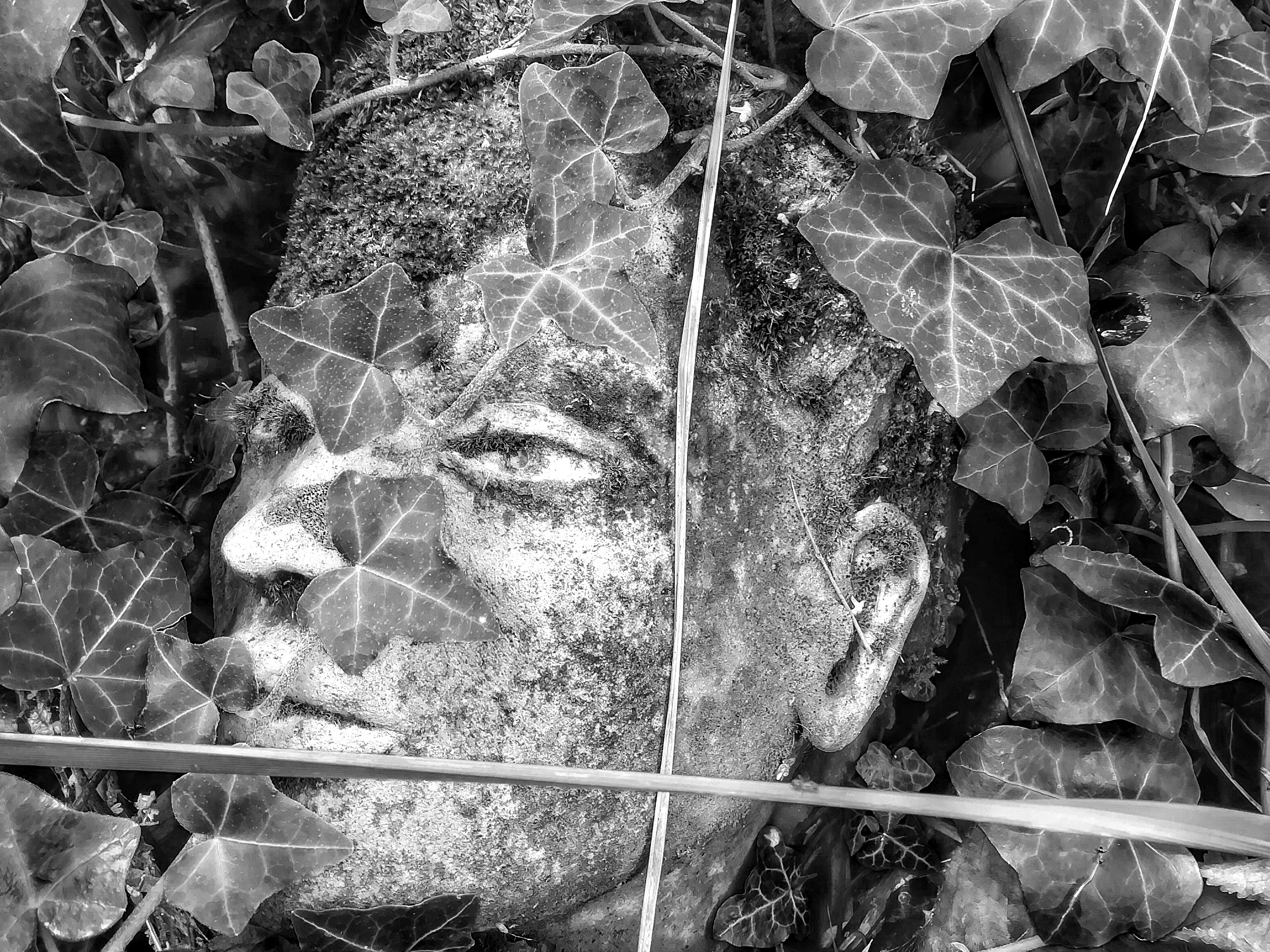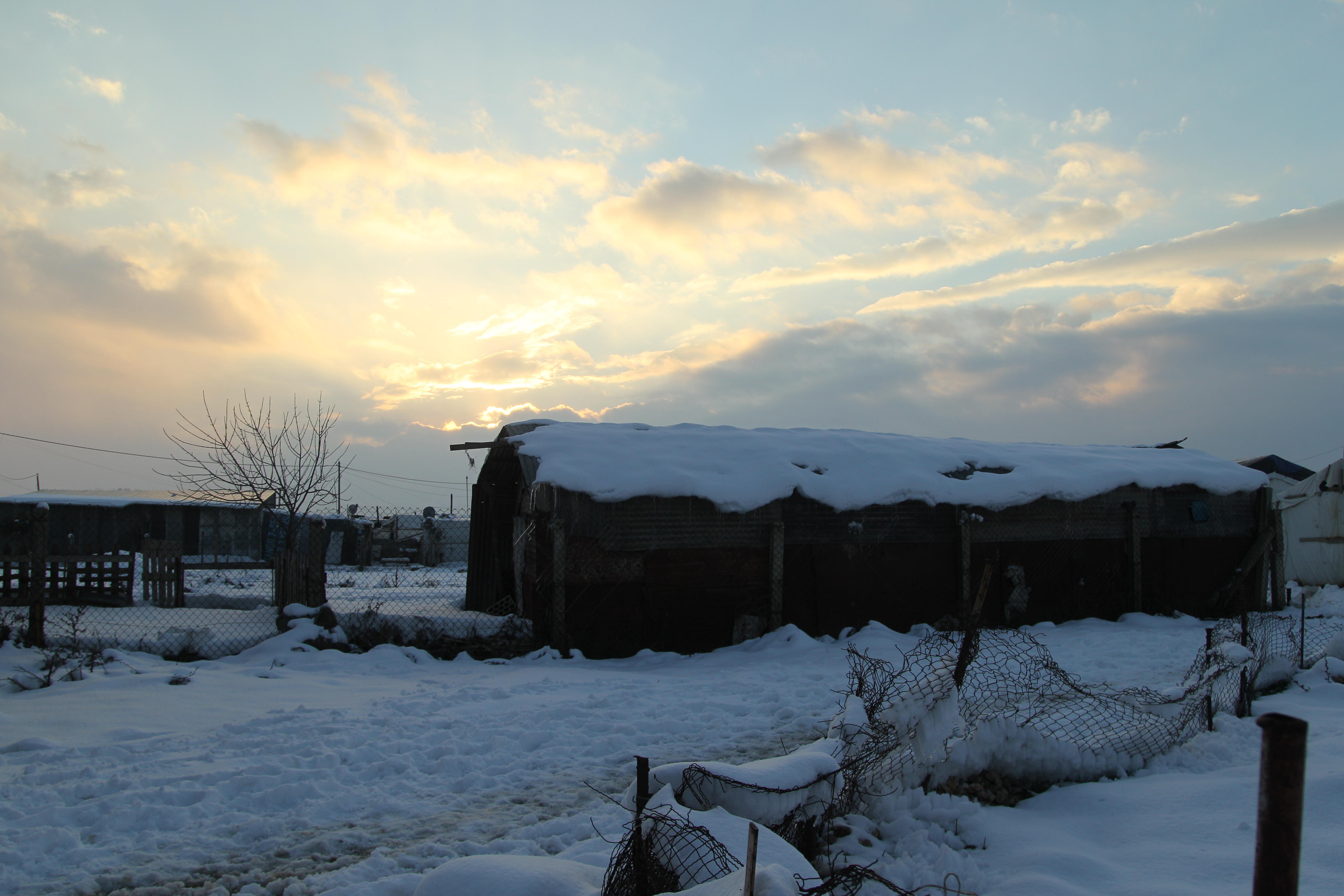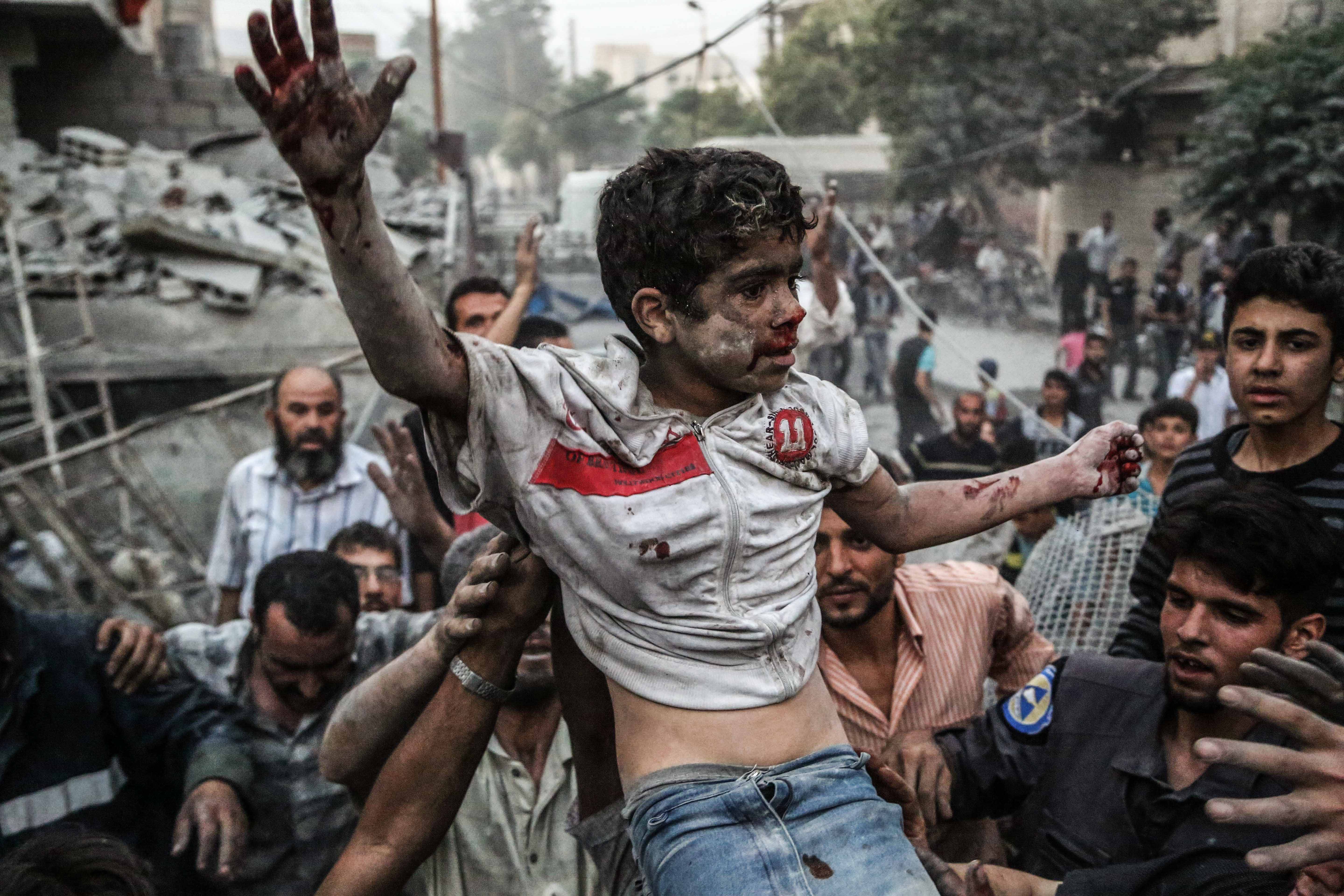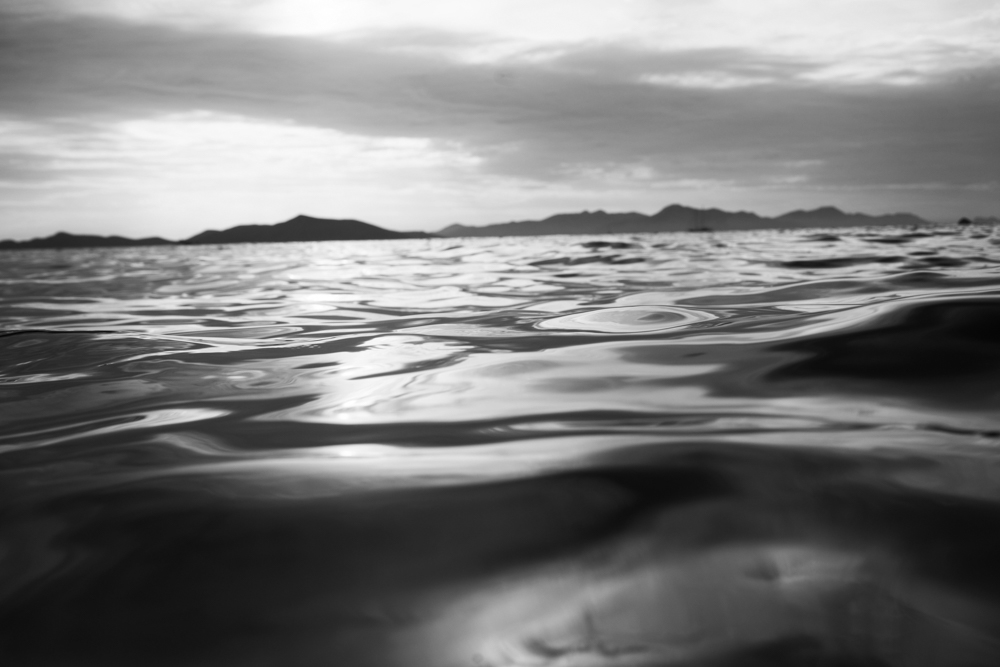This article is part of SyriaInFocus, a series on Syrian photography funded by the Friedrich Naumann Foundation for Freedom, with guest editor Sima Diab. Read this article in Arabic here.
In many places in Aleppo and its countryside, some people used to ask me, upon seeing me carrying the camera: “Why do you take photos?”
Many asked angrily, while others only sought an explanation. I would always answer briefly: “For the world outside to see what is happening here.”
My answer often angered them even more. “Does that mean they still haven’t seen what is happening to us here? We are dying each and every day, and nobody cares!” Our conversations often ended there. Some ignored me and my camera, while others did not want to appear in my photos.
As a Syrian photographer who began taking photos during the revolution, I often asked myself: “Why are we really capturing these incidents in Syria? Is it because we genuinely believe that we can achieve justice in our country by exposing the truth and making the voices of our fellow citizens heard? Or is photography just a profession I learned and loved and wanted to succeed in?”
I find the first possible answer to the question—that we genuinely believe we can achieve justice in our country by exposing the truth—somewhat naive, simply because there are thousands of photos and videos that have documented the killing, and media outlets cover Syrians’ suffering on a daily basis. Yet, the situation is still deteriorating, and nothing has changed for the better. But I feel the second answer—photography being a profession I love—is unethical, because one cannot build a profession or base their success on others’ suffering.
One morning, when the sky is clear, a couple of friends from the Aleppo Media Center and I expect warplanes to visit the city, to shell it. We head to the White Helmets center to trace the movement of the warplanes in the sky, and when they make their appearance, everybody becomes alert.
The places that are shelled look alike: the dust, the destruction, the blood, the shouting, the crying, the running. You see many people running in different directions. The White Helmets and ambulance teams are often the first to arrive at the shelling locations to offer help and relief. The inhabitants are always there to lend a hand and check on their families, relatives and neighbors. Everybody helps in clearing out the rubble as soon as they find out somebody is buried under it. Rescue operations and debris removal last for several hours and sometimes for days. After I took the photo above, it took two days to clear out the rubble, so that rescuers could pull out the last body. It was the body of a child.
Covering the shelling and battles on the fronts was a priority, since these incidents interested the press around the world. But I loved walking around the neighborhoods of east Aleppo to capture photos of people’s daily lives. This gave me a break from taking photos of bloody incidents, and it was somewhat fun.
I would always meet new people and discover new stories about the situation of the inhabitants there. Bit by bit, I came to realize the importance of documenting the daily moments in a city classified as the most dangerous in the world. We simply needed to relay the bigger picture of the situation there. The moments of shelling and the bitter and horrendous death do not last 24/7. Life goes on, and so does people’s resilience and struggle to sustain their lives.
One cannot build a profession or base their success on others’ suffering.
Perhaps many of them did not get the chance to travel abroad, but others adored their city and did their best to stay and make life bearable. Syrians did not wish for displacement or forced migration. They just wanted to live in their country and enjoy the most basic human rights.
The Syrian regime’s message has been clear since the onset of the Syrian revolution: “Assad or we burn the country.” Indeed, regular people were living under that pressure. It goes without saying that an explosive barrel is stronger than the human body. But the body is more resilient. It can try to adapt and find ways to live, survive and carry on.
Visiting the places that had been shelled a few days earlier was always an interesting and amazing experience. Living each day as it comes was the common denominator shared by everyone. A person does not need to plan for the next day because everything might change in a second, and all plans might fall into ruin.
However, this does not imply surrender, but rather standing back up and trying a second and third time until we run out of energy and all our options vanish. This is what I learned from people, that change is not easy and requires perseverance and patience. One might lose a lot or a little, but as long as they can walk, they are lucky and still have time to try more.
In the end, the answer to my question was that not everything is black or white.
If my work aims at affecting change, it will bear its fruits in tiny doses that touch some people’s lives. But radical change takes time, perseverance and grand gestures from the decision-makers.
There is no shame in being an ambitious photographer who wants to progress in their profession and be loyal to their camera and job. Perhaps we are documenting destruction now, but we hope to document construction tomorrow. In fact, photographers are not the ones committing these criminal acts. They are equally at risk, just like other people.
As a photographer, at the end of 2015, I felt I had run out of energy. I now live in Germany, but many courageous photographers are still working hard in Syria under dangerous circumstances. They still believe in their cause and profession, and they are continuing to resist and seek change.


